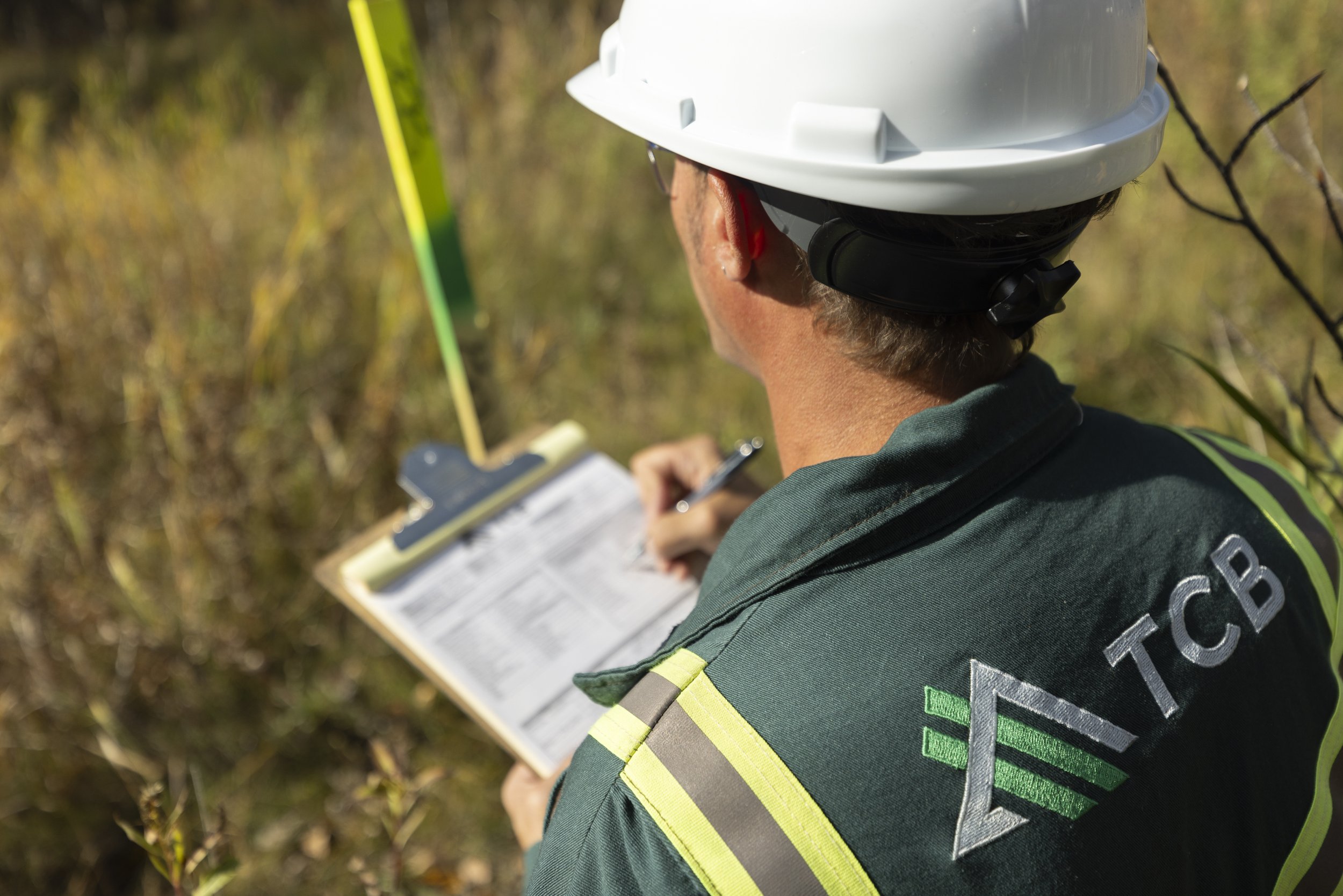Incident Prevention
Who Needs Line Location?
The simple answer: everyone! Line locating services identify, locate and mark underground lines like electricity, gas, TV, and buried internet cables. Companies and private individuals have a duty of care. Line location prevents accidents and costly repair work.
It's always a good idea to consider yourself and the people around you before starting projects that disturb the ground.

Be safe not sorry
Failure to identify underground lines, pipes and cables can lead to loss of time, money — and life. It’s simply not worth the risk. For a modest, upfront investment in a comprehensive line location survey, you can be assured of a safer, faster and better budgeted project.
Remember — in many instances, you have a duty of care to employees, sub-contractors and the public.
THE GROUND DISTURBANCE PROCESS
1. Plan Ahead
We recommend starting the locate process 5 days before you begin your project. This is especially important in the busy construction season when there's no snow on the ground.
2. Make Locate Requests
All underground facilities in your work site need to be located and marked. You need to arrange for utility locates (publicly owned utilities) and private line locates for all the lines you own on your side of the utility meter. (Not sure what lines you might own? Read more on our blog: Why You Need A Private Line Locate.
We're happy to handle all this for you. Just call us at (403) 347-1988.
Otherwise, in Alberta, you'll need to
Submit an online request at Utility Safety Partners, or
Call Utility Safety Partners at 1-800-242-3447 (Mon - Fri, 8:00 - 4:30), and
Call your private line locating company to arrange for a locate of your private lines.
3. Work with the Public Utility Line Locators
It's the responsibility of public utility owners to contact you. They might just call and tell you they have no buried utilities in your work area.
Otherwise, it's your responsibility to clear the area to be disturbed in preparation for the locate. Remove any obstructions like automobiles, machinery, or construction materials.
If the work area has locked perimeter fencing, you'll need to arrange a suitable time to meet the locators and unlock the fence.
Once the line locating is complete, the locator will provide you with documentation and explain the markings.
4. Work with Your Private Line Locators
Your private lines, such as water and sewer service lines, sprinkler systems, and any lines connecting buildings on your property, are not registered with Utility Safety Partners. They don't know about these lines, so it's your responsibility to have them located.
TCB will arrange a convenient time to come out and mark your private lines. We'll provide you with a drawing, explain the markings and colour codes, and give you any advice you need to complete your project with minimum risk.
5. Dig Carefully
Always remember: line locating is not an exact science.
You can never be 100% certain all underground facilities have been marked. Please use caution throughout your project, even after locates have been completed.
If digging within 5 metres of any buried facility, the facility representative will specify if their line needs to be exposed. A crossing agreement may be required depending on the company.
If you have questions about digging close to a line, contact us. We'll be happy to help.

Quality Line Locating Can Save Lives
TCB Line Locating helps landowners prepare for ground disturbance projects and reduce their risks. We offer experience-based private line locating throughout Central Alberta and work closely with the one-call center and public utility companies.
We're available 24/7.
403-347-1988

